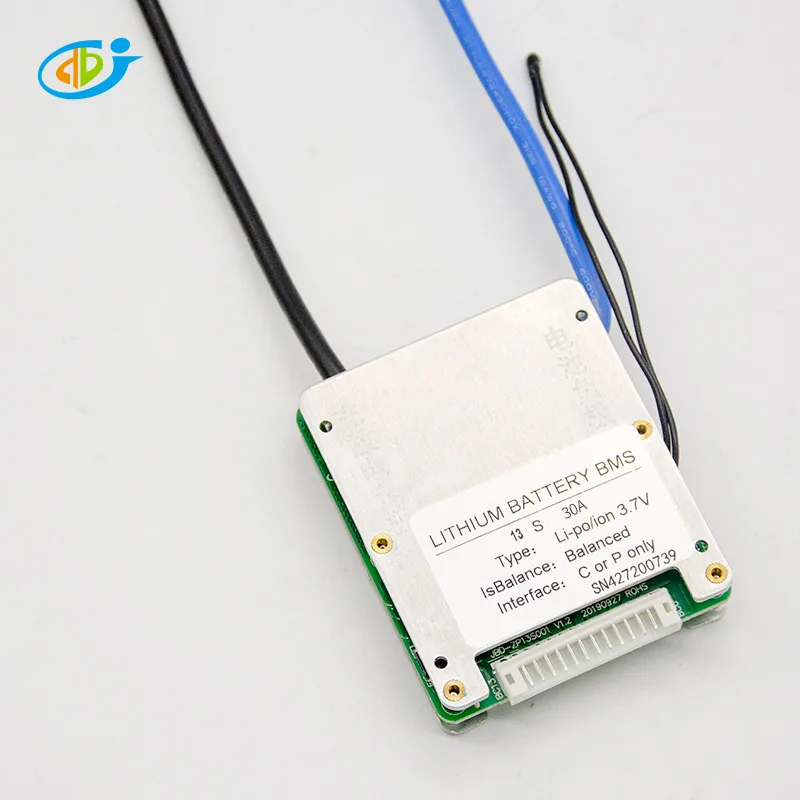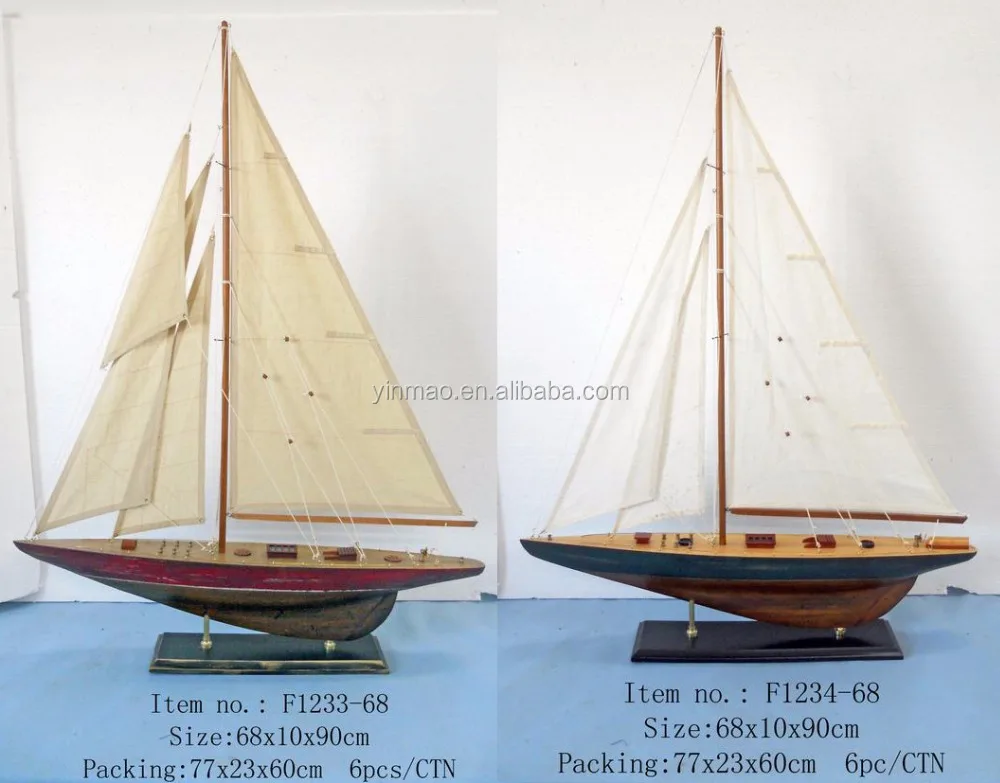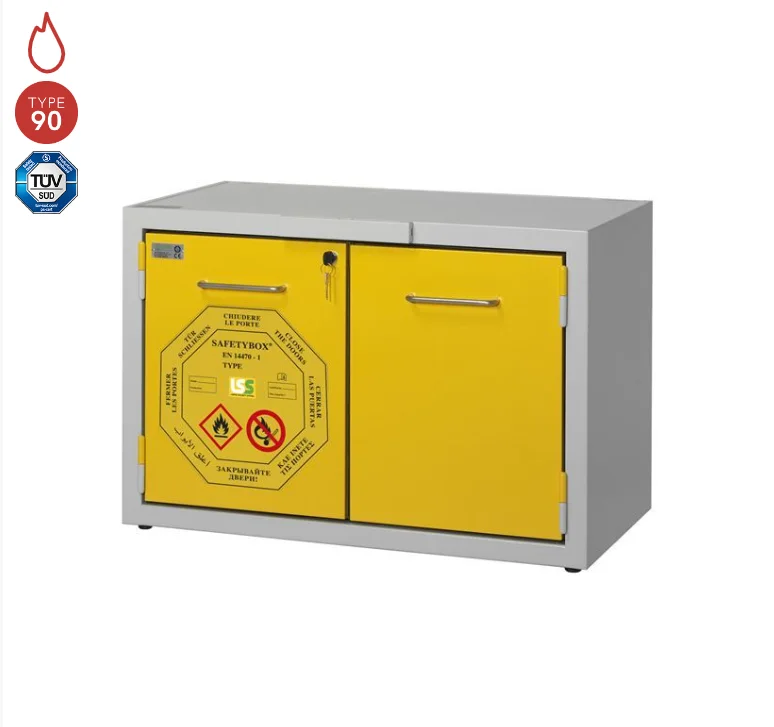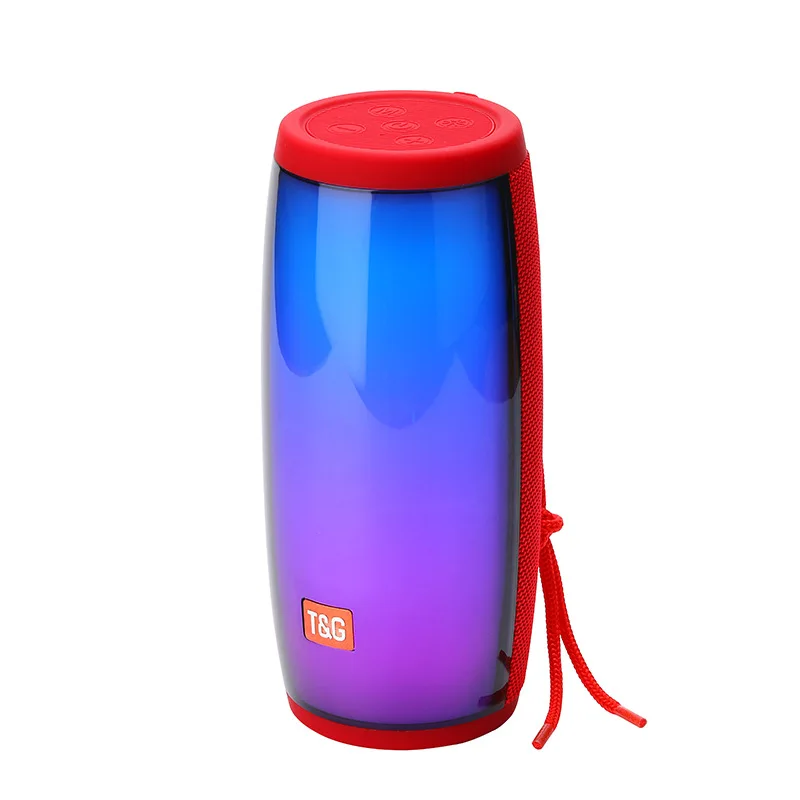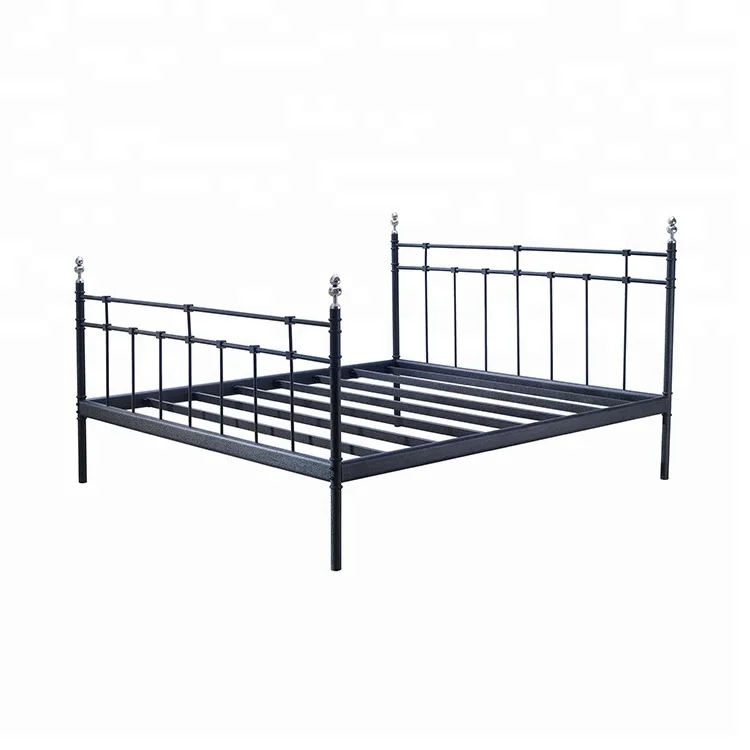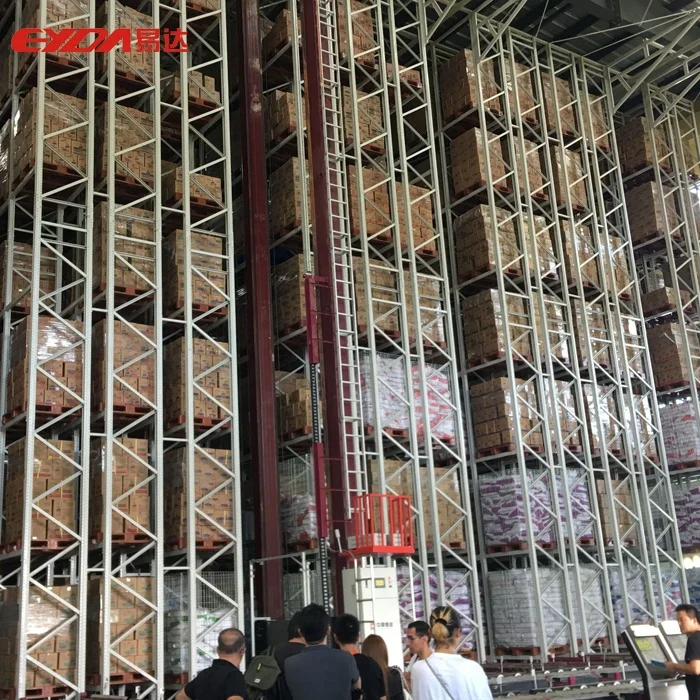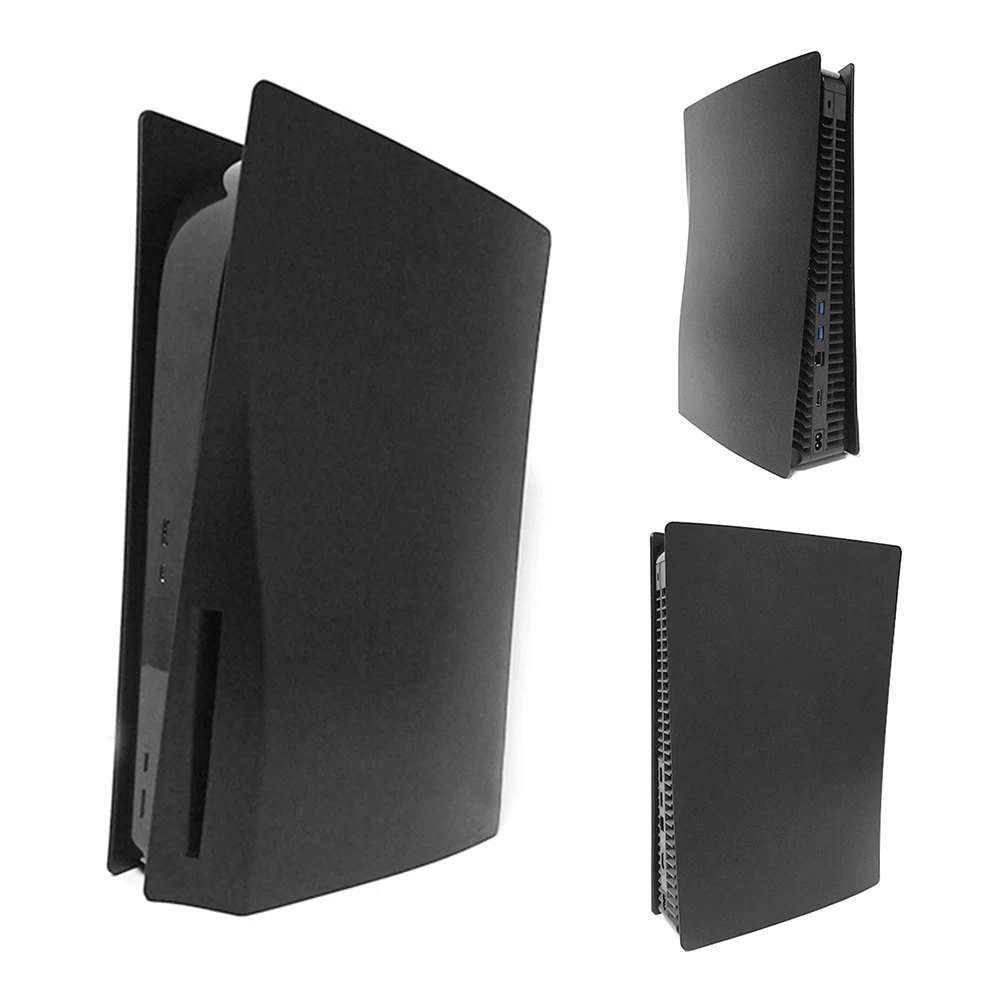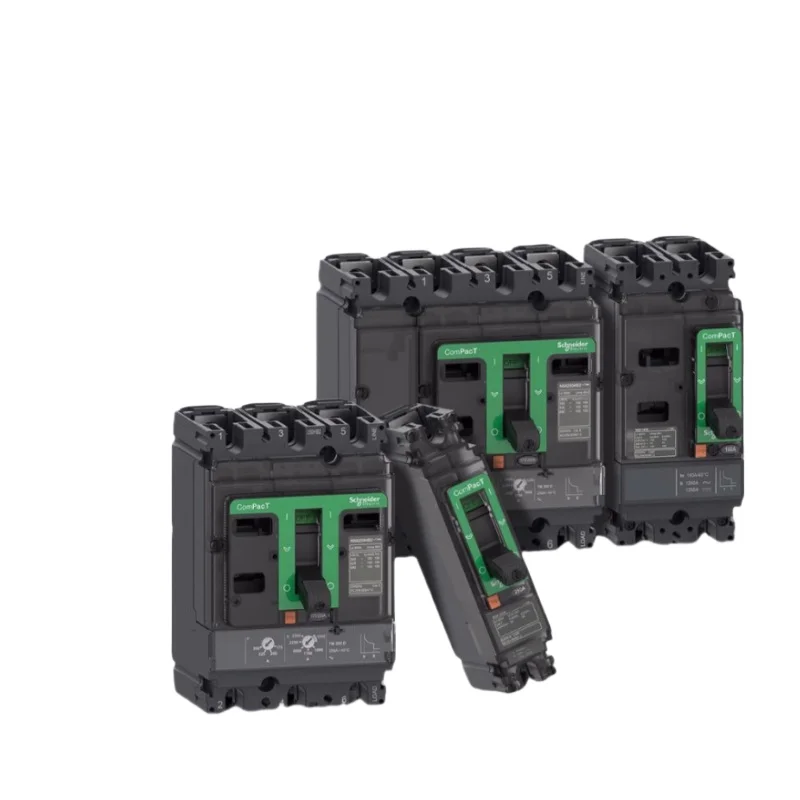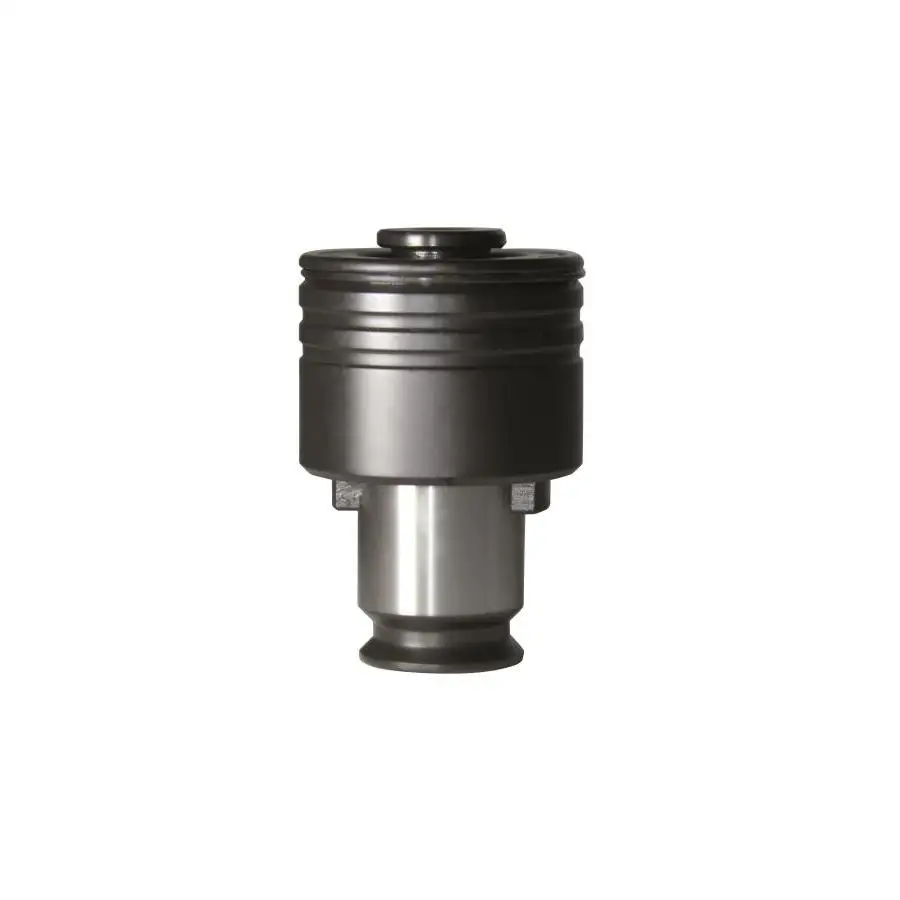JBD BMS 13S 30A 48V bms с балансом для 3 7 V литий ионной батареи система управления электронного
- Категория: >>>
- Поставщик: Dongguan Jiabaida Electronic Technology Co. Ltd.
Сохранить в закладки 1600079157906:
Описание и отзывы
Характеристики
JBD-ZP13S001
JBD-ZP13S001 is designed by Dongguan Jibaida Electronic Technology Co., Ltd, is the same-port protection plate for 13 battery packs of electric bicycles, electric motorcycles and other products. Suitable for different chemical properties of lithium cell, such as lithium ion, lithium polymer, lithium iron phosphate, etc.Protection plate with strong carrying capacity, continuous discharge current up to 30A.
● Section 13 Integrated protection scheme
● Blancing
● Various protection functions for charging and discharging
● Discharge overcurrent, short circuit protection functional processes of hardware
● Temperature protection function
● Very low static current consumption
● Drop line protection function
Application
Battery series | Battery Rated Voltage |
13 | 3.7V(48V) |






Electric parameter
The test shall be conducted in a room with a temperature of 25±2℃ and a humidity of 65±20%


Protection function description
Overcharge protection: When the battery is under the charging state, the voltage keeps going up. When the protection board detects that the voltage of any cell is higher than the overcharge protection value, the protection board will start timing immediately. When the time reaches the overcharge protection delay, the protection board will turn off the charging MOS tube, at that time, it cannot be charged.
Overcharge protection recovery: After the overvoltage protection appears on the protection board, the battery voltage will going down under the static or discharge state of the battery. When the protection board detects that each voltage is lower than the recovery voltage of the overcharge protection, the protection board will output a signal and turn on the charging MOS tube to charge.
Over-discharge protection: When the battery is under the discharge state, the voltage keeps going down. When the protection board detects that the voltage of any cell is lower than the overcharge protection value, the protection board will start timing immediately. When the time reaches the over discharge protection delay, the output signal of the protection board will turn off the discharge MOS tube, the load lock circuit will work, but, it cannot discharge at this time.
Over discharge protection recovery: After the over discharge protection appears on the protection board, the battery voltage will going up under the static or discharge state of the battery. When the protection board detects that each voltage is higher than the recovery voltage of the over discharge protection. At this time, disconnect the load or charge, the protection board will output a signal and turn on the charging MOS tube to charge.
Overcurrent protection: When the battery is under the static or discharge state, the current suddenly increases. When the protection board detects that the current reaches the overcurrent protection value, the protection board will start timing at that time. When the current duration in the circuit reaches the overcurrent protection delay time, the output signal of the protection board will turn off the discharge MOS tube, and the load lock circuit will work. At this time, the discharge cannot be conducted.
Overcurrent protection recovery: After the discharge overcurrent protection appears on the protection board, the discharge MOS tube is turned off, and the current in the loop becomes 0. At this time, the load is disconnected or charged, the output signal of the protection board will turn on the discharge MOS tube to discharge.
When assembling the wiring, weld the cable and the cell correctly, connect the B- of the PCM with the total negative pole of the cell, and then insert the cable into the needle base on the PCM. (Note: different connection modes for different strings, and different connection modes for the same port)

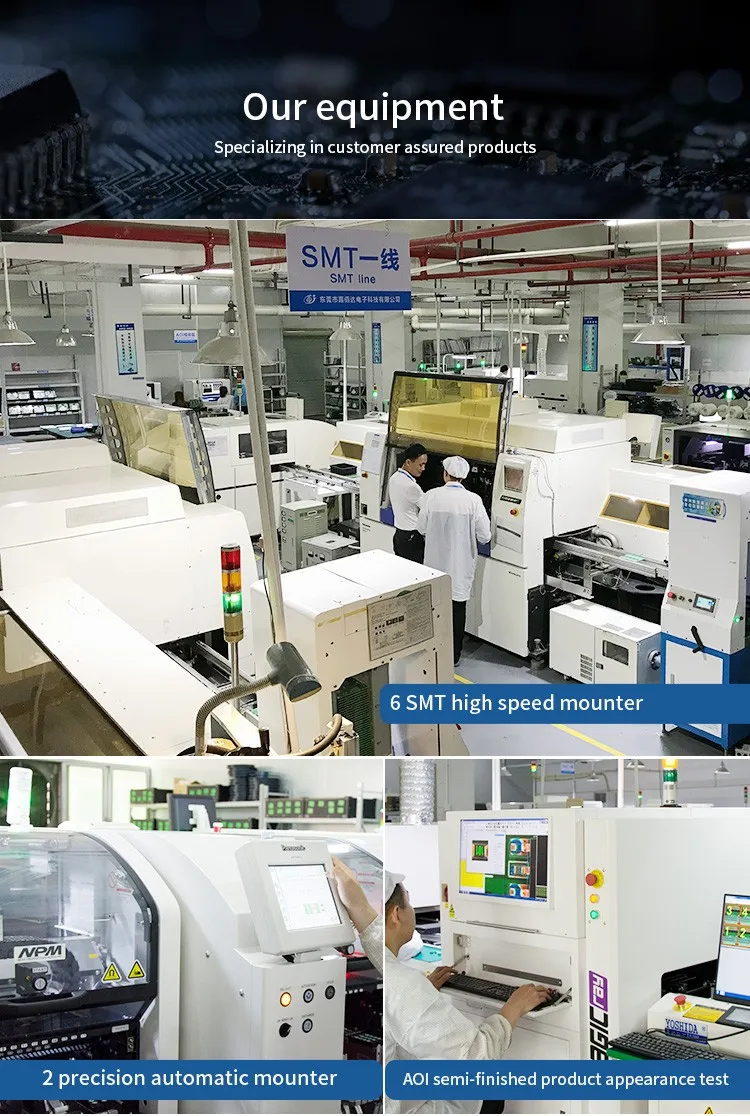
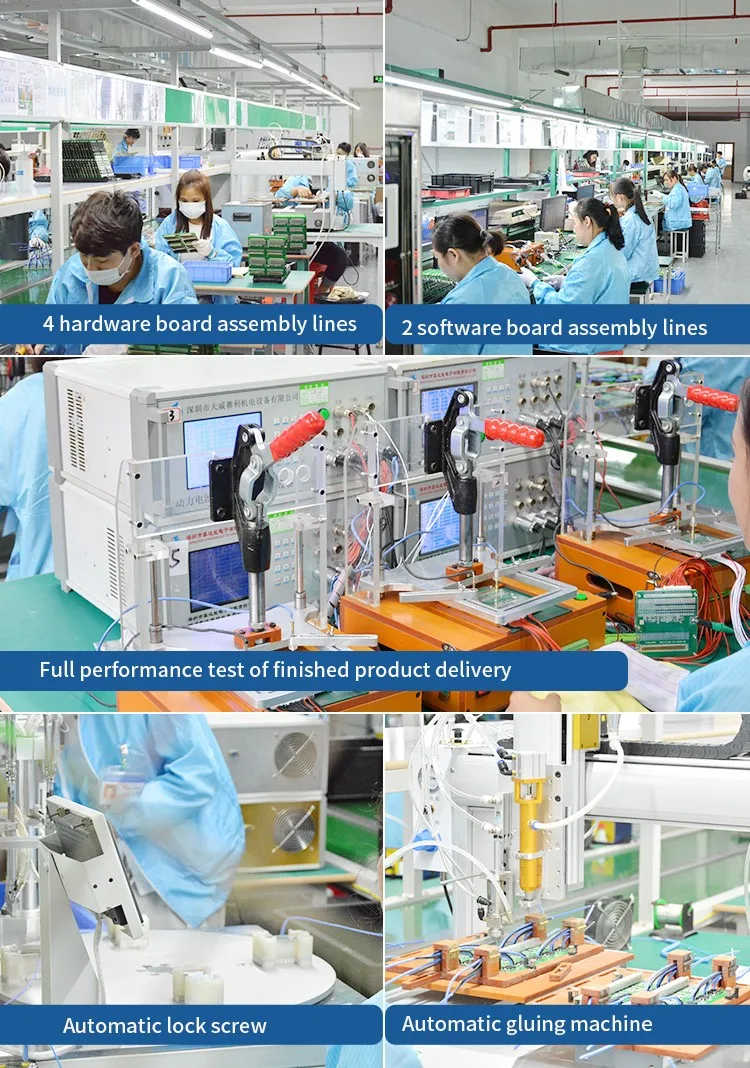



1.When in use, design parameters and work conditions must be followed, and the parameters in this specification must not be violated, otherwise it is easy to damage the protection plate, and then damage the battery pack.
2.When in use, there should be corresponding electro static-free measures for testing, installation and contacting with the protection board.
3.The charging port can withstand the specified DC voltage. If the charger is higher than this voltage, it cannot guarantee that the protection board will not be damaged. Please use the charger according to this specification. It is better to choose the charger with the function of closing the trickle current at the end of charging current, so as to achieve double security. Chargers without trickle current closed are designed for lead-acid batteries and do not work with lithium.
4.When in use, Pay attention to the electric lead, electric soldering iron and solder splash. Do not enable them to touch the components and parts on the circuit board; otherwise the protection board may be damaged.
5.The maximum discharge current is the maximum current that lasts for a few seconds. During the test, it cannot last too long to avoid overheating damage of power MOS.
6. When assembling the protection board and the battery pack, do not place the heat dissipating aluminum plate close to the surface of the cell. Otherwise, the heat will be transferred to the cell, affecting the safety of the battery pack.
7. If abnormal conditions occur during use, please stop using it immediately, return it to the original factory or ask professional maintenance personnel for maintenance.
8. If it is a split protection board, it is forbidden to use P- as a charging port. Because P- is used as a charging port, the battery pack has no overcharge protection. It is forbidden to use C- as a discharge port at the time of splitting
9. It is forbidden to use two or more protection boards in series and in parallel.
10. The protection board has already done a lot of reliability tests, the reliability is far higher than the general protection board on the market, and the process of the cell must be ensured at the same time, so as to reduce the occurrence of combustion as much as possible.
12. In order not to damage the battery, the user needs to charge regularly to replenish the electric quantity when not in use for a long time (the battery pack capacity is more than 2AH, storage is more than 3 months). And when in use, it must be charged within 12 hours after being discharged, so as to prevent the battery from discharging to 0V due to its power consumption. Customers are required to have a clear identification for periodic maintenance of the battery on the battery case.
13. This protection board does not have anti-charge protection function. If the pole of the charger is reversed, the protection board may be damaged.
Похожие товары
Лидер продаж от производителя, гели Shilajit для мужчин, женщин и детей, поддержка изготовления логотипов и печати этикеток
Литературные эмали булавки с вымышленными персонажами броши на лацкане значок для любителей
Ремни вентилятора 7Pk3105 Correia Ford 7Pk2175 7Pk1735 7Pk 1125 7Pj414 7 Pj414
Горячая распродажа! 119 дюймов 17/18/20/21.5/238/24 дюймов слен полный высокой четкости ноутбуков Monitor 75 Гц 1080p светодиодный компьютерный экран монитора
Античная руки поцарапаны деревянная модель парусника, 2 компл. 68x11x88 см гоночная лодка, морской зеленый/красный модель яхты
Шкаф для лабораторной безопасности Safetybox(R) AC 900/50 см, сертификат CE, TUV, огнестойкий, 90 минут
Tg317 180 градусов Rgb беспроводной T & g оригинальный динамик с поддержкой многофункционального воспроизведения музыки динамик с басовым звуком
Новые поступления
Новинки товаров от производителей по оптовым ценам
